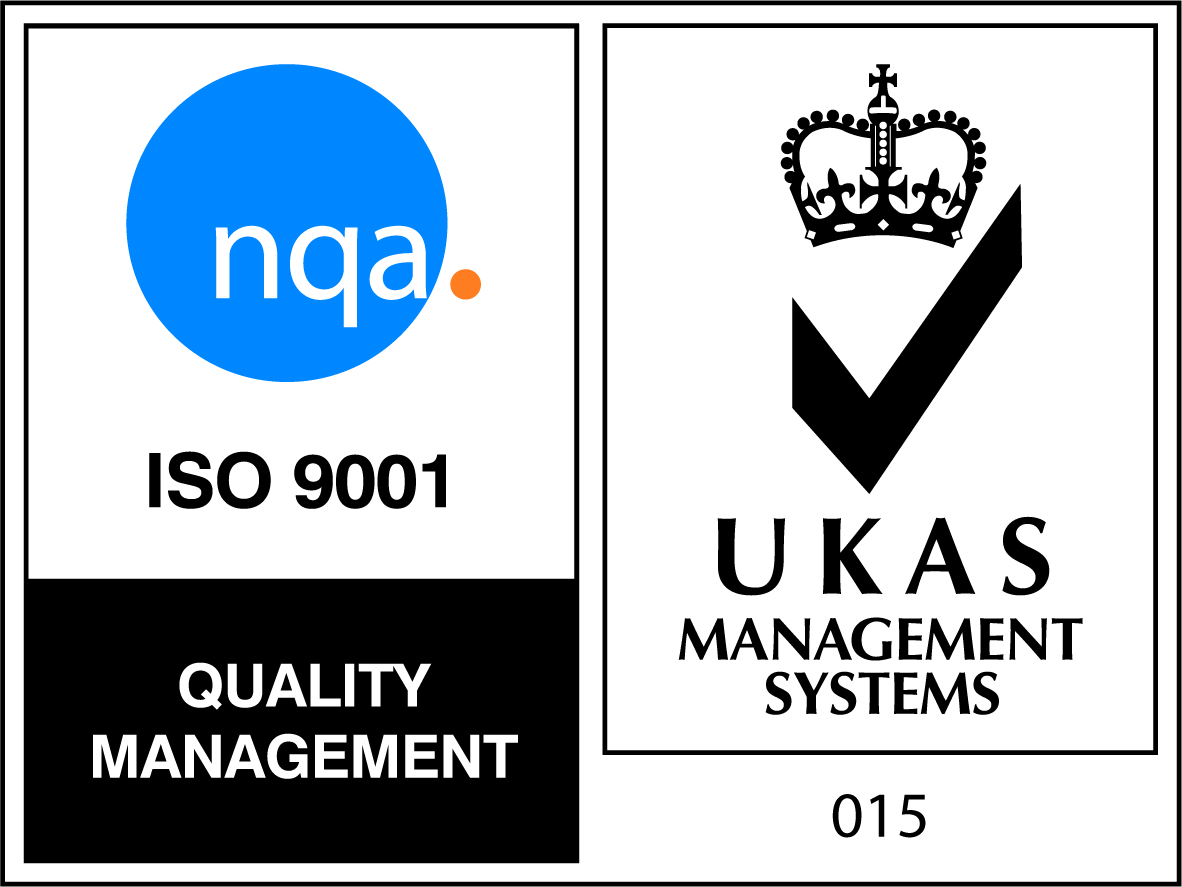Improvement Practitioners use a blend of Lean and Six Sigma, project and change management principles and tools to identify and lead the delivery of change across organisational functions and processes. Improvement Practitioners can be found across all sectors and functions including automotive, banking, engineering, food products, IT, property, retail, telecoms etc.
Typically, Practitioners lead smaller projects and/or play a key supporting role in a larger programme – tackling issues that may require swift problem solving, or re-occurring challenges that require in-depth analysis and the implementation of a range of effective and sustainable countermeasures. They are the focal point for all stakeholders and responsible for communication throughout a project. Typical activities include:
- Identifying potential opportunities, diagnosing issues, proposing solutions and implementing changes and controls
- Coaching teams and sharing best practice
- When leading projects they may manage small teams ensuring motivation and momentum, and be responsible for the successful
There are a variety of job titles associated with the occupation, these include, but are not limited to: Business Improvement Practitioner, Continuous Improvement Manager, Process Excellence Manager, Lean Six Sigma Green Belt and Quality Control Senior Analyst.
All learners will complete both on and off the job training elements for this standard and at the end of their learning journey will complete a Level 3 Apprenticeship as an Improvement Technician. Dependent upon prior qualifications learners may also need to complete functional skills in English and Maths at Level 2.
For the off the job training element, during the first four month’s of their programme the learner is required to attend our training academy to undertake a twelve day intensive course covering training on the following subjects in order to ensure they gain knowledge, understanding and competence to further enhance their Knowledge, Skills and Behaviours working within management:
- Compliance & Risk Analysis
- Team Management, Leadership & Decision Making
- Advanced Lean Principles & Methods
- Six Sigma Principles & Methods using DMAIC Roadmap
- Relentless Root Cause Analysis & Action Planning
- Project Management & Advanced Product Quality Planning (APQP)
- Change Management & Experimentation
- Project Definition & Scope with Scorecards
- Lean & Quality Statistics and Measures
- Process & Value Stream Mapping
- Process Capability, Performance & Distribution
- Sustainability, Failure Modes & Effects Analysis (FMEA) and Control Plans
Throughout their programme further enhancement to knowledge, Skills and Behaviour will be derived from individuals requiring to undertake a work place improvement project putting into practise the theory delivered across Business Improvement Techniques along with building a portfolio of evidence to demonstrate competence the learner is required to undertake a work based project which culminates as part of their End Point Assessment in a presentation to give an overview of what they have achieved.
- Compliance: Legislative and customer compliance requirements including health and safety
- Team formation & leadership: Decision-making techniques e.g. consensus, authority rule, majority rule
- Project management: Business case, risk analysis and management, toll-gate reviews, work breakdown structure, lessons learned, pilot studies, project review, process management and measures, benefits tracking
- Presentation & reporting: Reporting templates, message mapping, case for change
- Change management: Stakeholder identification, analysis and management (RACI). Change curve, resistance characteristics, change sponsorship, compelling point of view
- Principles & methods: Business value of Lean and Six Sigma improvement methods - 8D, practical problem solving, Define Measure Analyse Improve Control, Design for Six Sigma
- Project selection & scope: Y=f(x) equation (outputs are the result of inputs), business scorecard cascade
- Problem definition: Cost of Poor Quality, problem analysis models such as Is/Is Not
- Process mapping & analysis: Swim lane, value stream map, performance metrics – continuous, Parameter diagram, Takt time, Overall Equipment Effectiveness, theory of constraints principles, Kanban
- Data analysis – basic tools: Spreadsheets and pivot table analysis, statistical analysis software
- Measurement systems: Repeatability and Reproducibility principles
- Basic statistics & measures: Control charts - attribute data, principles of normality
- Data analysis: Statistical methods: Measures of central tendency and spread
- Process capability & performance: Capability analysis – continuous data for normal distribution
- Root cause analysis: Key principles including symptoms, failure-mode, potential/verified cause, critical inputs, escape point. Graphical representation of data with dot, scatter and box plots
- Experimentation: Active versus passive analytics, design of experiments, experiment plan
- Identification & prioritisation: Selection and prioritisation matrix, Failure Mode and Effects Analysis
- Compliance: Work in accordance with organisational controls and statutory regulations
- Communication: Speak and write clearly. Influence others, question effectively. Plan and deliver meetings presenting insight to engage audiences
- Coaching: Observe, listen, use questioning, provide feedback and spot learning opportunities
- Project management: Define, sequence, plan and schedule activities with phases and milestones. Estimate effort and duration. Create and update project charter. Review progress
- Change management: Sponsorship contract, surface and manage resistance, build compelling narratives for change, assess change impact
- Principals and Methods: Select and apply a structured method and appropriate improvement tools engaging with subject matter experts to deliver business benefits
- Project selection and Scoping: Support the identification of improvement opportunity and the scoping of these projects
- Problem definition: Support development of problem/opportunity statements
- Voice of the customer: Support application of techniques to identify and prioritise customers, their requirements and ensure balance against the stated and unstated needs of the business (Voice of the Business)
- Process mapping & analysis: Process map to measure and analyse flow and value. Identify interfaces, functional responsibilities and ownership. Use insight to identify potential opportunities and map future state.
- Lean tools: Seek in-process waste through understanding of value within the value stream
- Measurements systems: Plan, carry out and assess results of a measurement system study
- Data acquisition for analysis: Develop a sampling strategy
- Basic statistics & measures: Use graphical analysis to understand distribution and stability
- Data analysis-statistical methods: Identify data-types and select analysis methods and tools. Assess time series data stability and analyse making relevant insight
- Process capability & performance: Select methods and metrics for analysis
- Root cause analysis: Select and apply the appropriate graphical tool dependent on the data type to identify patterns, trends and signals to establish hypothesis
- Experimentation & optimisation: Plan designed experiment with clear objectives, and appropriate levels of Measurement Systems Analysis, analyse experiment data and optimise
- Identification & prioritisation: Identify and prioritise factors, ideas and solutions
- Data analysis – SPC: Select and apply appropriate tools for ongoing monitoring and control. Analyse and interpret control charts
- Benchmarking: Conduct structured benchmarking to support target setting
- Sustainability & control: Identify failure modes and embed learning from improvements
- Drive for results: Continuous drive for change and encourages others to deliver results across functional areas capturing and standardising best practice
- Team-working: Awareness of own and others’ working styles. Creates high performing team
- Professionalism: Promotes a moral, legal and socially appropriate working manner, aligns behaviours to the organisations values. Maintains flexibility to needs of project
- Continuous development: Proactively seeks and acts on feedback. Reflects on performance and has a desire for development. Adapts quickly to working with new situations/stakeholders/challenges
- Safe working: Ensures safety of self and others, speaks out to challenge safety issues
Improvement Practitioner Standard Level 4 Download
Send download link to:




